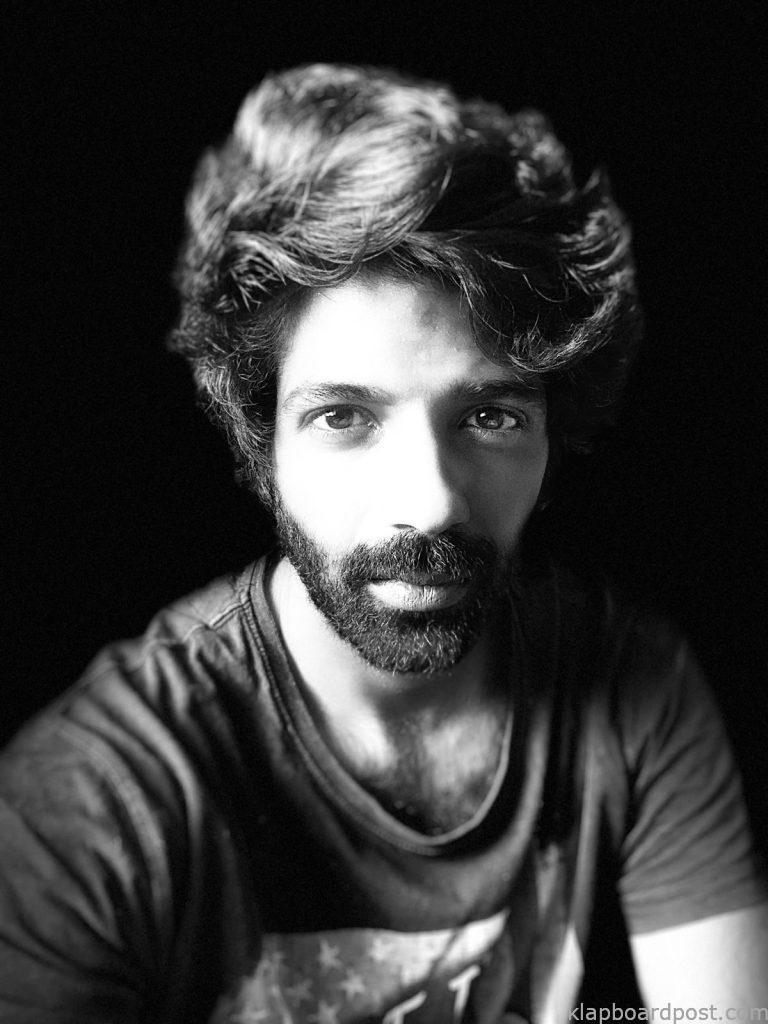We haven’t heard of cinematographer Vivekananda Kalepu much but he will soon be a familiar name in the industry circle and the movie going public. Soft spoken and straight speaking, the young technician in a chat with Y.Sunita Chowdhary of Klapboardpost.com, talks of his foray into the Telugu film industry and stresses that this is what he intended doing long back and is here for a long haul. Vivek’s shot for a web series titled B.Tech in 2017 and it was streamed in 2018 on Yupptv and Zee5. It was written by director Tarun Bhasckar and directed by Upendra. He says, “This was my first full fledged dip into fictional filmmaking. I actually started off with wedding and corporate videos for Tarun’s team; I came here to Hyderabad after a filmmaking course in Melbourne. At RMIT, it was great, they taught us the basics. I didn’t know myself that whatever was on the subconscious level was instilled. The foundation was laid there about the prep and how to go about a shoot. I learnt the overall aspects of filmmaking which was of two year duration. Once that was done, I came back and that time Pelli Chupulu’s pre production was going on. Tarun’s team was working and he was overseeing wedding videos and corporate videos. The foundation of filmmaking was laid in Melbourne and that was the first time I went to a set (Pelli Chupulu). I was just not the observer, I would parallely help them on other corporate videos, school advertisements etc. Somewhere you slowly realise how much the craft is built around communication and how you cut through to make sure what you want. All this in a way helps you build your craft. There is another Vivek in the team and he made a short film ‘Krithi’. That was the moment I completely plunged into the fictional world of filmmaking. The videos were slowly starting to get repetitive. There is a certain format of how you go about these things. I enjoyed it for a while but didn’t find it exhilarating after Kriti.”
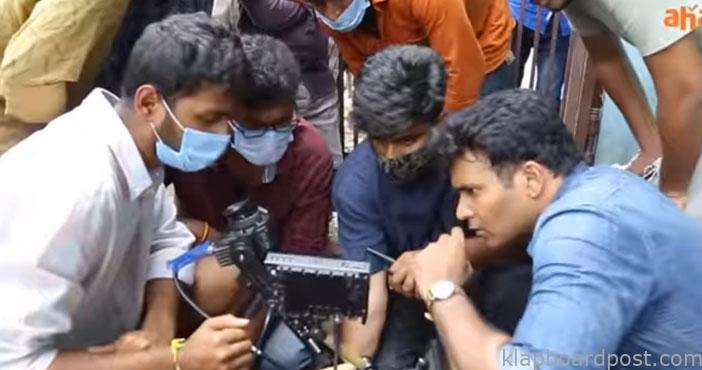
True. After a while, Vivek found it monotonous and he wasn’t proactive to seek different kinds of work. Whatever he did, it all culminated at the same time. He shares, “We worked on a short film, and the whole realisation of the script from paper to screen was brilliant. For B.Tech, we generally have a trial cut after a few days..just too see how it is coming across. We happened to shoot a scene at a theatre. One of the characters in the web series wants to be a filmmaker. His film was running in the theatre and for that they rented out a theatre. We happened to play it and after seeing whatever we shot in the theatre, I felt it was so hard to beat the moment. The thrill of watching something you’ve shot on the big screen is inexplicable. Especially, when you are learning the craft…these moments are nice and motivating. It was then that I decided this is what I wanted to do.” Senapati completely turned around things for Vivek. He was the cinematographer for Senapati and got a chance to work with director Pavan Sadineni. Pavan had great clarity and had a certain team which made things comfortable for Vivek. They would shoot about five and a half to six and a half minutes on an average at a pace that was blistering; Vivek wasn’t used to that kind of a speed and he still had to deliver. OTT is obviously different from mainstream cinema. The technician shares, “Fortunately things were aligned because of the prep we did. We had plans as options in case things fell apart but because we were so prepared, we didn’t have to rely on options. The weather was good too and Rajendra Prasad delivered on a spectacular level. We got to see that kind of knowledge from close quarters and that inspired everybody.”
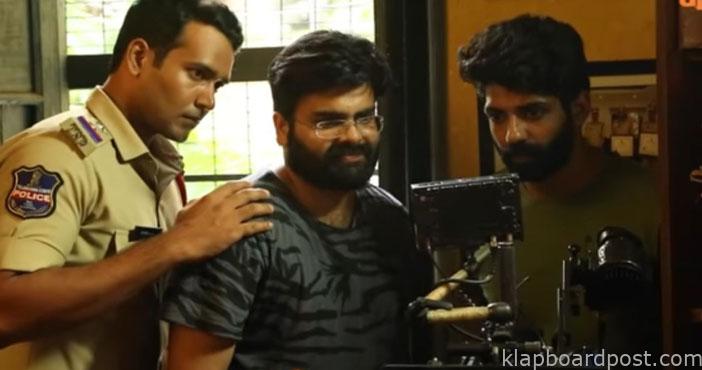
Vivek reveals an interesting aspect of the perfect prep work that Pavan Sadineni had done. It does make a senior actor a bit apprehensive when the technicians are relatively new, so how did actors like Rajendra Prasad get comfortable with the team? “It is very natural that they are apprehensive in the beginning. The preparation helped. For Senapati, Pavan had a poster made even before he apaproached RP. When you show them this is what you intend to do, it is easy to have faith in you. The easy part is to execute it but the hard part is to put all these things together on paper in a way that makes sense and for that one needs real conviction. Working with RP, Rakedu Mouli was a delight. A lot of honest work was put in and that is why those things were talked about. We tried to enhance the world which we feel it should have looked like and did our best to make this story aesthetically interesting. For that we had full creative liberty and from the cinematographer’s point of view, Senapati is a great film. Sometimes I felt that B.Tech deserved a better camera man but I try not to be harsh on myself, it is a part of the learning process.”
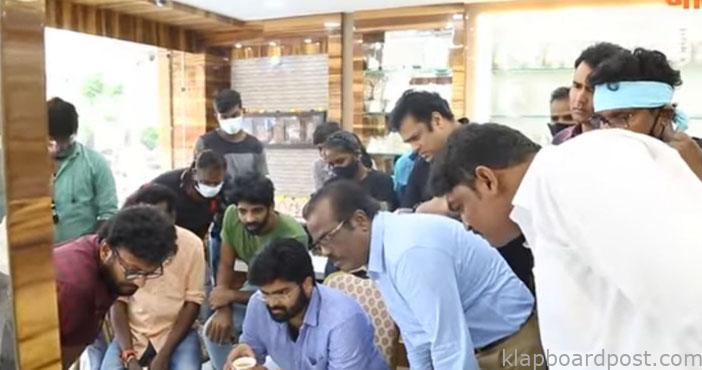
About Vivek’s background as a youngster, he initially, like other boys, wanted to play cricket for India. He played little cricket, nothing too serious. He was into engineering but was never really interested. His parents were bank employees and were very supportive and understanding, especially when he left engineering midway and went to Australia to study filmmaking. Right from his childhood, Vivek watched many films with his father and that left an indelible impression on his mind. He says, “We watched all kinds of films like Honey I Shrunk The Kids, Mission Impossible, Benhur etc and also Telugu classics. My dad would give his inputs after watching the film and I would more or less concur with him. Somewhere subconsciously I could see the love for cinema. I saw Maniratnam’s Bombay when I was in school and in the film, when the kids were drenched with kerosene, they were being asked if they were Hindu or Muslim and I felt so upset, went home and never saw Bomaby till date. It had so much impact and what a powerful one at that. We are endowed with a lot of responsibility when you are telling stories. When I moved to Vijawayda for intermediate to a hostel in late nighties, cinema culture in Vijaywada was massive. I have seen how people see cinema. cinema has always been an unsaid companion.”
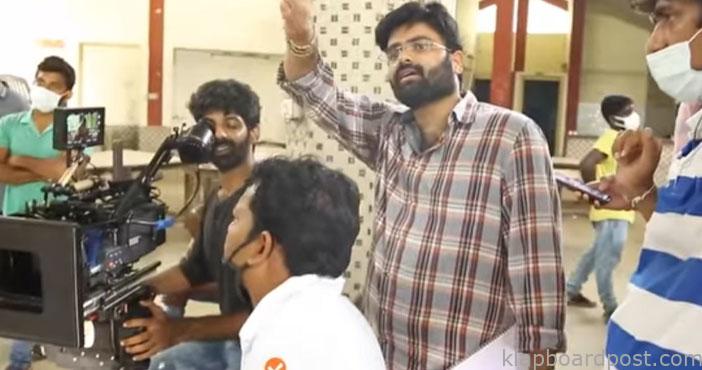
Ask him if he came back from Melbourne as a confident technician, he is very honest. “I wasn’t even that ambitious at that point. It was a two year course in Melbourne. When I began working for Senappathi, we kept it simple and stuck to the basics. When it comes to photography, you know the rules of framing and the basic three point lighting; This is the first thing that is taught to cinematographers. Here, it was proper ambience lighting, we kept it classic. Movement wise steady and whenever we needed it, we would do a check. We were trying to create a language and we are aware each story is different. All of these processes helped to make the shift in the world of fiction,” he says. He adds, “Everyone is exposed to such good content on OTT and we can’t get away with mediocre content. People are judging appropriately and good films stand out. All this transition is good and it makes everyone stand on their toes. This alone is not enough and there is so much work involved before you hit the floors. The proper process proved that there is a map to film making in an organised manner which is always helpful.”
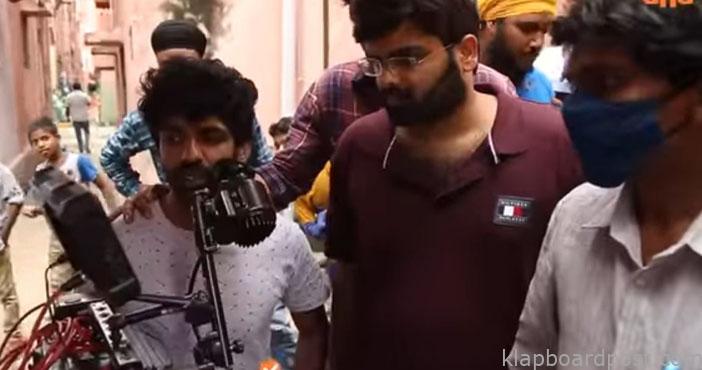
Are you and the director on the same page? “We all are here to serve the story, it is a collaborative effort. You have your perspective and thinking from lighting and camera movement but the director has to think from other angles too. You must believe the director as he manages all departments which is why you deliver what they want, it is very crucial. You put yourself in his shoes to understand his vision.” Right now Vivek is working on Vimanam and Siva is a writer, directing for the first time. Kiran who directed Ghani is producing it. Samuthrakani is playing the lead role. This is Vivek’s first feature film and all the projects that he is doing are closer to reality.
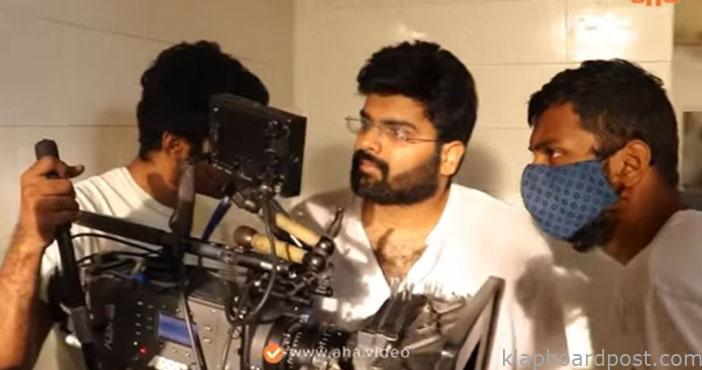
Till now Pavan Sadineni, Shiva, Kiran gave Vivek 100 percent freedom to set up the lighting and they have liked his work. The story needs a naturalistic kind of lighting and he gets into the philosophy of the character. Since he thinks he is still and there is a long way to go for him. Ask him about the skill he has acquired in this journey and he says, “A deeper sense of understanding light on a craft level and that eventually leads to how you perceive the concept of light and dark. It can get philosophical that way. There is a lot of reading material, the concept of light and dark is universal. I try to get that balance happening. Our characters and stories, people have flaws. These people acknowledge it and find ways to bring light. I don’t think cinematography is too challenging if you understand that insight.”
